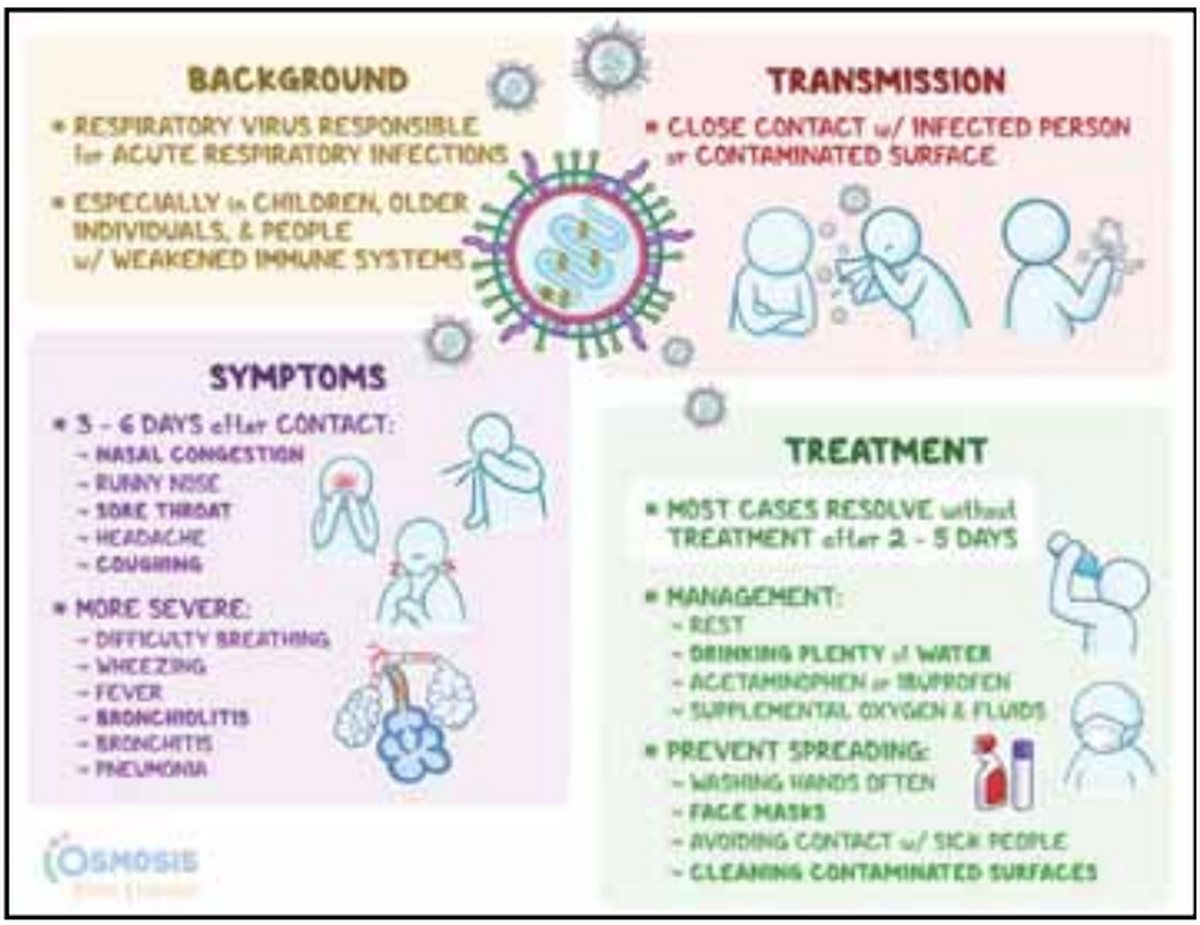05/01/2025
05/01/2025

KUWAIT CITY, Jan 5: In an exclusive interview with Dr. Rajesh Rajan, a senior cardiologist, insightful directions were shared regarding the Human Metapneumovirus (HMPV) outbreak in China. Dr. Rajan highlighted the potential risks associated with this outbreak. The recent increase in HMPV cases in China is concerning but not considered an unprecedented threat. The virus’s seasonal behavior, coupled with the easing of COVID-19 restrictions, has likely heightened susceptibility among populations that experienced reduced exposure to respiratory viruses during lockdowns.
Health authorities are actively monitoring the situation, emphasizing the need for public awareness and adherence to preventive measures. The surge in HMPV cases in China underscores the ongoing necessity for rigorous respiratory virus surveillance and public health readiness. While the situation demands attention, individuals need to stay informed about the symptoms, transmission dynamics, and preventive strategies surrounding HMPV to minimize infection risks and safeguard vulnerable populations. The rise in human metapneumovirus (HMPV) cases in China has sparked notable public health discussions. First identified in 2001, HMPV belongs to the Pneumoviridae family and is recognized for causing respiratory infections that closely resemble those caused by other common viruses. Since its discovery over twenty years ago, human metapneumovirus (HMPV) has emerged as an important pathogen associated with respiratory illnesses.
With a noticeable uptick in cases across China, especially among children and other vulnerable populations, it becomes crucial to thoroughly examine the features and public health ramifications of HMPV. HMPV predominantly affects individuals of all ages, but young children, the elderly, and immunocompromised individuals are at an elevated risk. According to the Centers for Disease Control and Prevention (CDC), HMPV typically manifests with symptoms similar to those of the common cold or influenza, exhibiting a seasonal pattern with increased prevalence in late winter and spring months.
Clinical manifestations:
Patients infected with HMPV may experience a range of symptoms, including cough, nasal congestion, fever, sore throat, and, in more severe instances, wheezing or difficulty breathing. The infection can escalate to conditions such as bronchitis or pneumonia, adversely affecting those with existing respiratory issues like asthma.
Risk factors:
The groups most susceptible to severe HMPV infections include children under five, particularly infants, older adults (especially those aged 65 and above), and individuals suffering from chronic respiratory diseases or compromised immune systems. Transmission dynamics: HMPV is mainly transmitted through respiratory droplets generated during coughing or sneezing, as well as through close contact and contaminated surfaces. The virus follows a seasonal circulation pattern, a factor that is vital for effective public health surveillance and intervention.
Prevention strategies:
To curb the spread of HMPV, the CDC suggests implementing several preventive measures, including regular handwashing, refraining from touching one’s face with unwashed hands, wearing masks in crowded environments, and isolating oneself when symptomatic. Additionally, routine cleaning of frequently touched surfaces can help mitigate transmission risks.
Diagnosis of HMPV:
Diagnosing HMPV typically involves advanced molecular techniques such as nucleic acid amplification tests (NAAT) to detect the viral genome directly, as well as immunological tests for viral antigens found in respiratory samples. Routine testing is generally reserved for severe cases or during outbreak scenarios.
Management and treatment:
At present, there is no specific antiviral treatment or vaccine targeting HMPV. Management strategies primarily focus on symptomatic relief, which includes maintaining hydration, ensuring adequate rest, and utilizing over-the-counter medications to alleviate pain and fever. Hospitalization may be necessary for severe cases requiring oxygen therapy or intravenous fluids.
When to seek medical attention:
Patients should seek medical care if symptoms worsen after several days, if they experience breathing difficulties or cyanosis, or if they have pre-existing health conditions. Early intervention is crucial for improving outcomes, especially in atrisk groups. In conclusion, comprehending human metapneumovirus and its implications for public health is vital, particularly given its current prevalence in China and potential repercussions for global health.

Dr. Rajesh Rajan is a renowned Indian Cardiologist at Amiri Hospital in Kuwait and holds prestigious positions as the current President of the Association of MD Physicians, Chairman of the Board of Governors of the Indian Association of Clinical Cardiologists, and the Managing Editor of the esteemed Annals of Clinical Cardiology Journal by Wolters Kluwer. His contributions to the medical community are highly regarded, and he has been honored with Fellowships from esteemed institutions such as the Royal College of London, Edinburgh, Ireland, and Glasgow. Dr. Rajan’s expertise and commitment to cardiovascular health are evident through his groundbreaking research and recognition as a Fellow of the American College of Cardiology, the European Society of Cardiology, the American Society of Echocardiography, and the American Heart Association.


